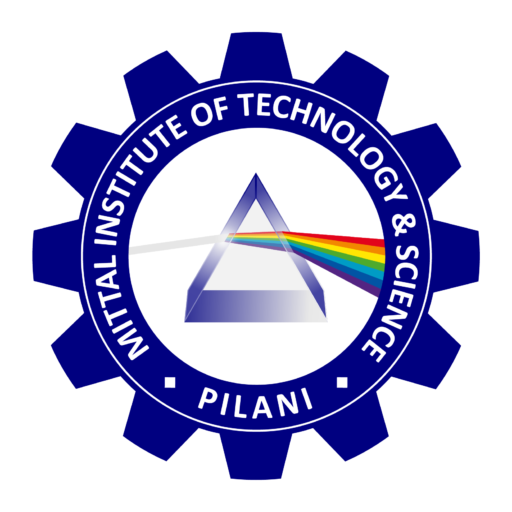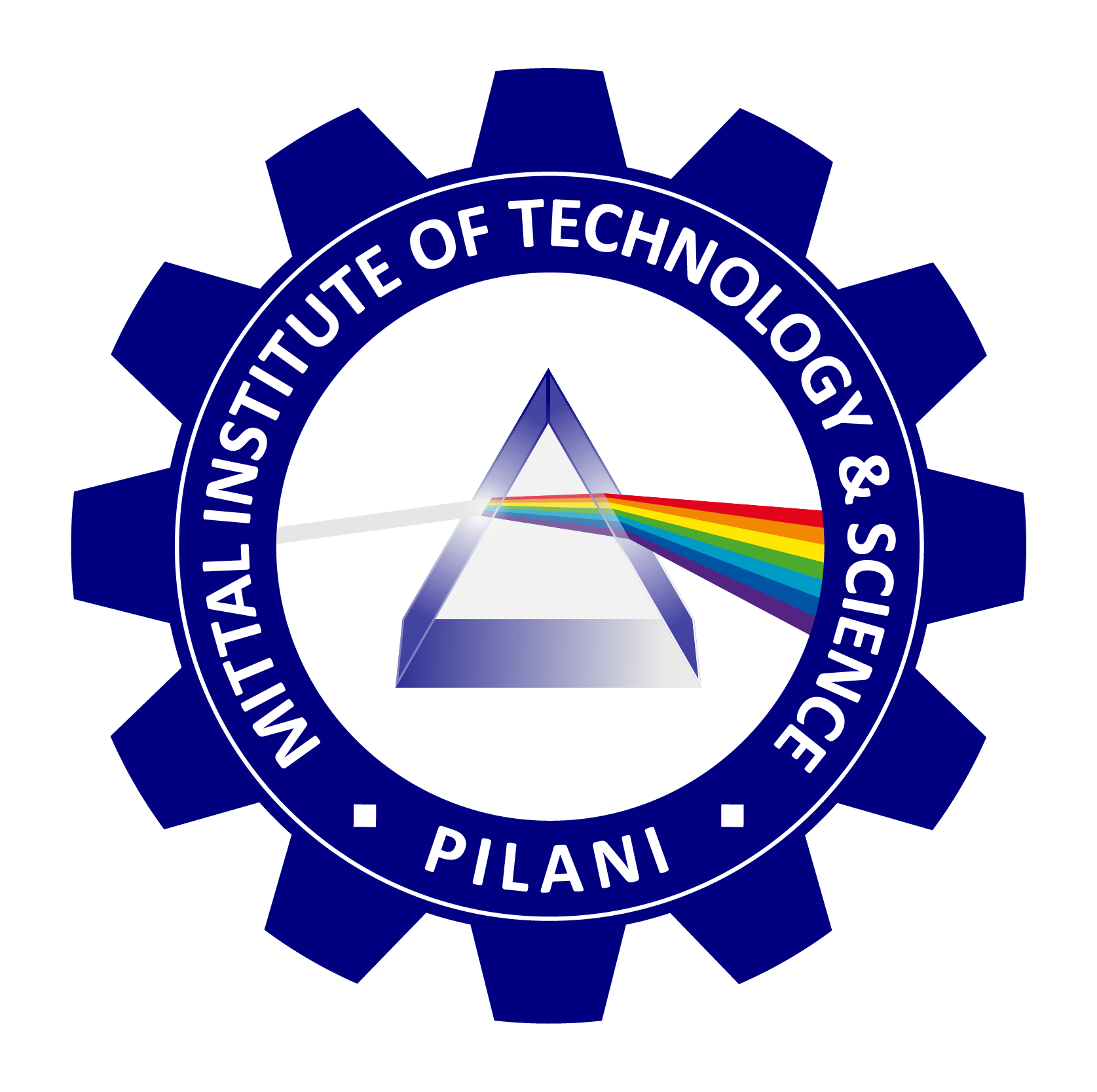
MITTAL INSTITUTE OF TECHNOLOGY & SCIENCE, PILANI
The History and Evolution of Airlines Software
- Introduction
The airline industry has been one of the earliest adopters of large-scale software systems, driven by the need to manage complex logistics, vast customer data, real-time transactions, and high availability. From punched cards to mainframes, and now to globally distributed cloud platforms, airline software has undergone remarkable transformation over the past 60 years.
- Early Days: UNIVAC and USAS
The Universal Airline System (USAS), developed by Univac (later Sperry Univac), was among the earliest integrated airline software systems. Introduced in the 1960s, USAS ran on UNIVAC 1100/2200 series mainframes and became the de facto standard for many airlines well into the 1990s.
Key Characteristics of UNIVAC USAS:
- Batch processing with some online capabilities.
- Monolithic architecture with tight coupling between modules.
- Used COBOL and assembly language.
- Data stored in flat files or hierarchical databases.
- Terminal-based user interface, often over dedicated leased lines.
- Focused on Passenger Service Systems (PSS) and Departure Control Systems (DCS).
USAS modules included:
- Flight scheduling
- Passenger reservations
- Ticketing
- Messaging (such as SITA messages)
- Load and cargo management
- Modernization and the Rise of SABRE and Amadeus
In the 1980s and 1990s, with increased global air travel and computerization, more sophisticated airline software platforms emerged.
3.1 SABRE (Semi-Automated Business Research Environment)
Originally developed by IBM and American Airlines in the 1960s, SABRE became a standalone technology company and the backbone of travel booking globally.
3.2 Amadeus
Formed in 1987 by Air France, Lufthansa, Iberia, and SAS, Amadeus quickly rose as the dominant Global Distribution System (GDS) and Passenger Service System (PSS) provider in Europe and worldwide.
- Current Software Architecture for Airlines
Today’s airline software architecture is a multi-tiered, cloud-native, and microservices-based system designed for scalability, resilience, and global availability.
4.1 Key Components
|
Component |
Functionality |
|
Passenger Reservation System (PRS) |
Booking, pricing, ticketing, inventory, seat assignments. |
|
Departure Control System (DCS) |
Check-in, baggage handling, gate management, boarding, weight and balance. |
|
Global Distribution Systems (GDS) |
Aggregates fare and availability across multiple airlines for travel agents. |
|
Revenue Management |
Yield optimization, fare buckets, demand forecasting. |
|
Crew Management |
Scheduling, rostering, fatigue management, training compliance. |
|
Aircraft Maintenance |
Predictive maintenance, parts tracking, compliance reporting. |
|
Flight Operations |
Dispatch, flight planning, route optimization, weather integration. |
|
Messaging and Communications |
IATA/EDIFACT, XML/JSON over MQ or AMQP, integration with SITA and ARINC. |
|
Databases |
Relational (Oracle, PostgreSQL), NoSQL (MongoDB), Distributed (CockroachDB). |
|
Transaction Management |
ACID compliance for bookings, distributed transaction coordinators (e.g., Saga). |
|
Customer Experience |
Mobile apps, loyalty programs, notifications, multilingual support. |
- Dominant Players Today
|
Company |
Key Platforms |
Market Segment |
|
Amadeus |
Altéa Suite (PSS, DCS, Inventory) |
Full-service carriers, GDS |
|
Sabre |
SabreSonic, Radixx |
Full-service + low-cost carriers |
|
Travelport |
Apollo, Galileo, Worldspan |
GDS provider for agencies |
|
SITA |
Horizon, AirportConnect |
Common-use systems at airports |
|
Navitaire |
New Skies (owned by Amadeus) |
Low-cost carriers, mobile-first systems |
Most legacy systems have now migrated to hybrid cloud or multi-cloud platforms using Kubernetes, API gateways, and event-driven architectures (e.g., Kafka for messaging).
- Ensuring Reliability and Availability
Reliability is non-negotiable in airline operations. Strategies used include:
6.1 Redundancy
- Multi-region and multi-cloud deployments
- Load balancers and failover clusters
6.2 Transactional Integrity
- Distributed transaction protocols (e.g., 2PC, Saga)
- Event sourcing and compensation mechanisms
6.3 Real-Time Monitoring
- APM (Application Performance Monitoring) tools like Dynatrace, New Relic, and Datadog
6.4 Disaster Recovery
- Hot and cold standby systems
- RTO/RPO adherence through regular drills
6.5 Compliance and Security
- PCI DSS for payment systems
- GDPR, ISO 27001 for data governance
- Role-based access, logging, and auditing
- Future Trends
- AI and ML for predictive maintenance, personalized offers, dynamic pricing.
- Blockchain for baggage tracking and ticket validation.
- IoT integration with aircraft systems and airports.
- NDC (New Distribution Capability) and ONE Order from IATA for unified travel records.
From the monolithic UNIVAC USAS systems to today’s distributed microservices and cloud-native architectures, airline software has evolved to support a high-performance, always-on global ecosystem. Companies like Amadeus, Sabre, and Navitaire now dominate the sector, offering robust, scalable platforms that handle billions of transactions yearly. Reliability is ensured through redundancy, transactional integrity, real-time observability, and strict compliance, positioning the airline industry at the forefront of mission-critical software evolution.

Professor Rakesh Mittal
Computer Science
Director
Mittal Institute of Technology & Science, Pilani, India and Clearwater, Florida, USA
